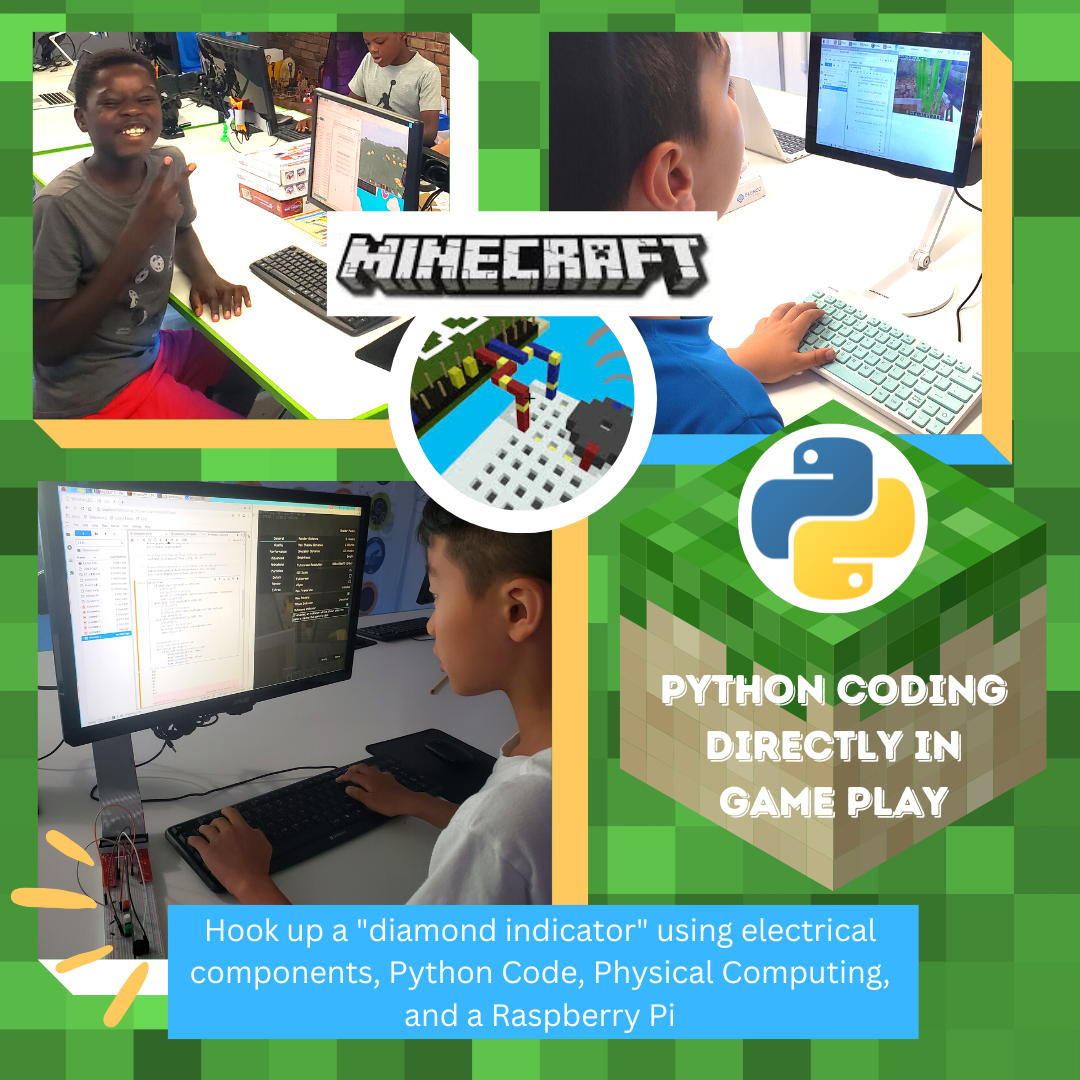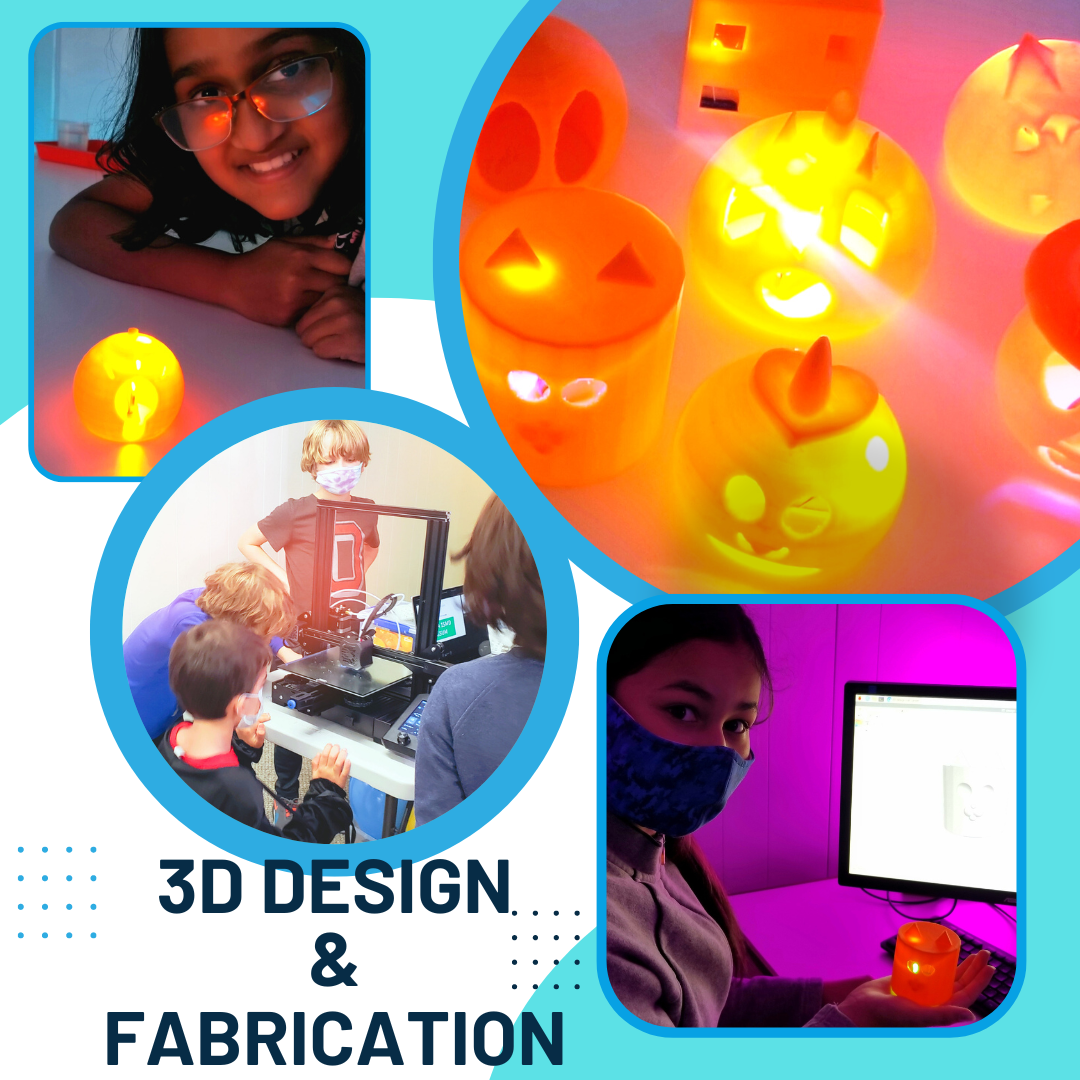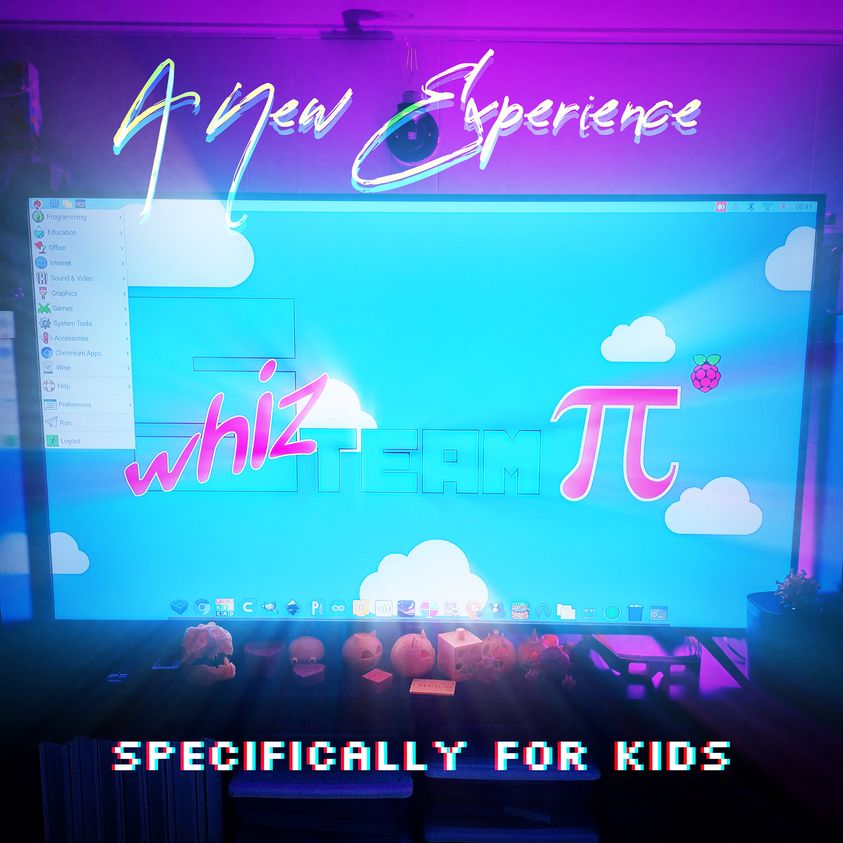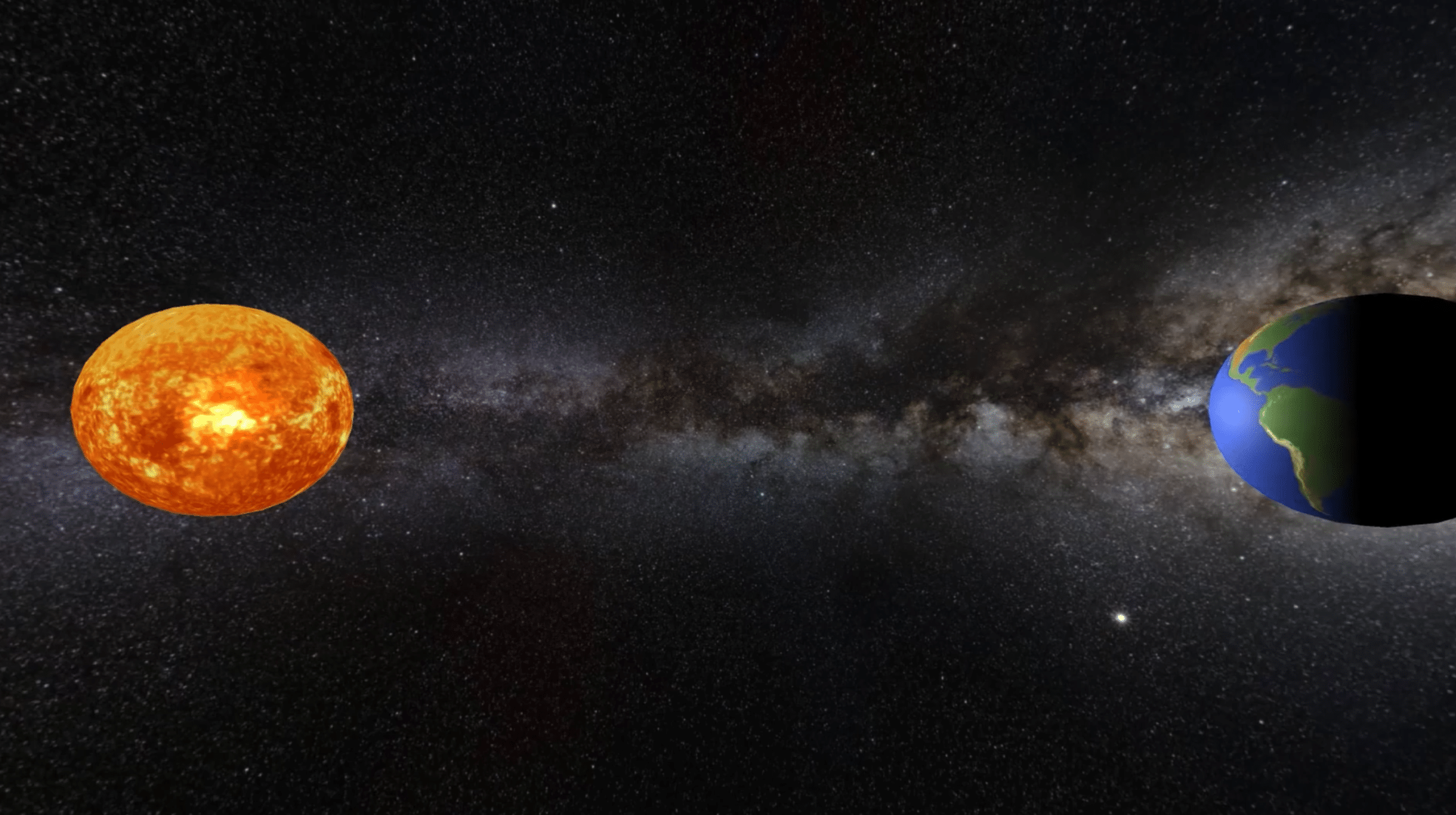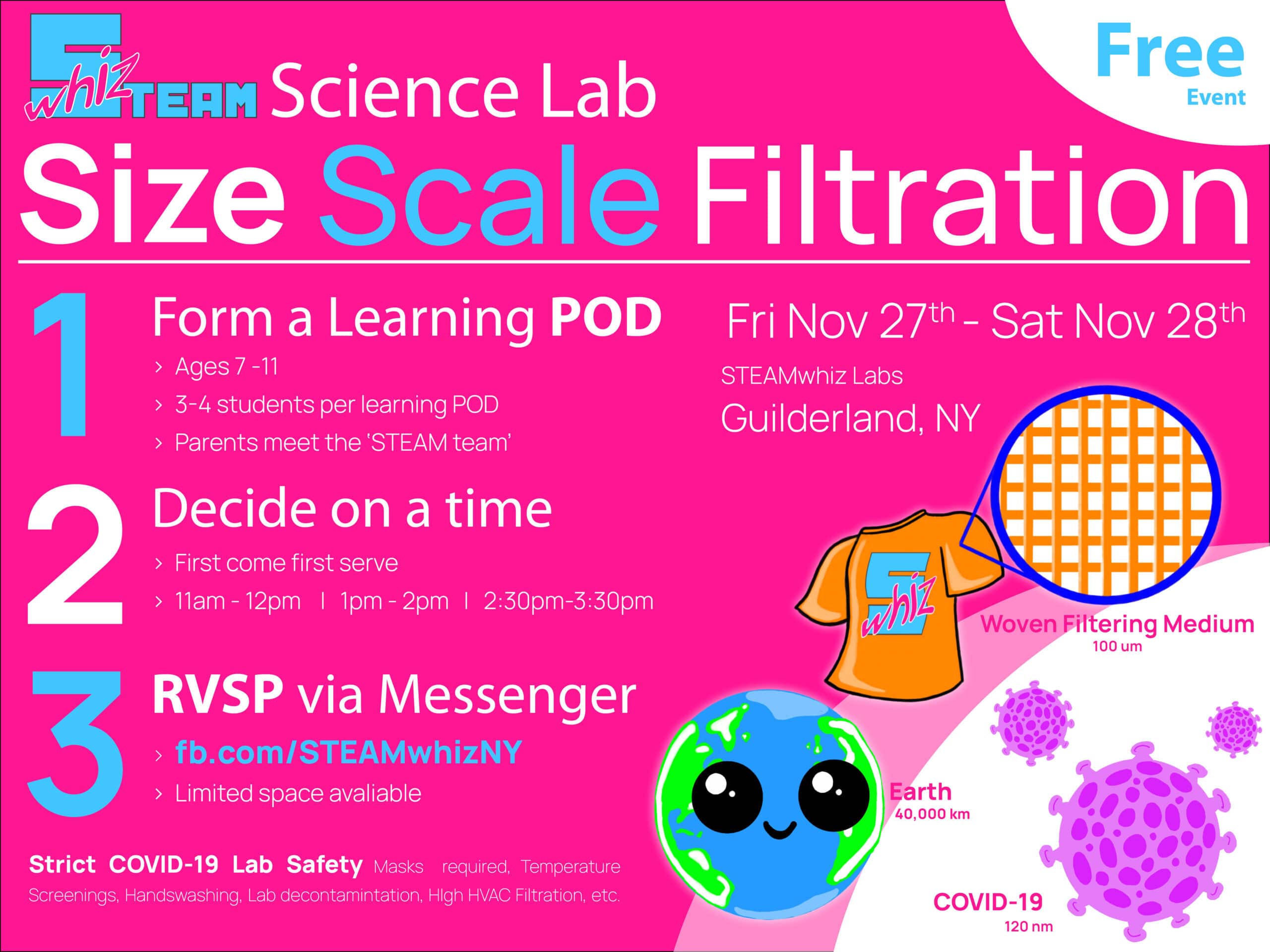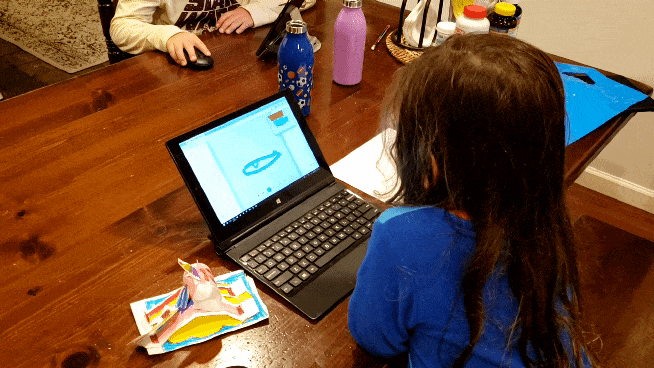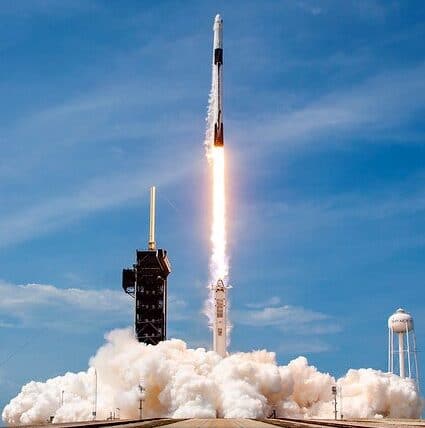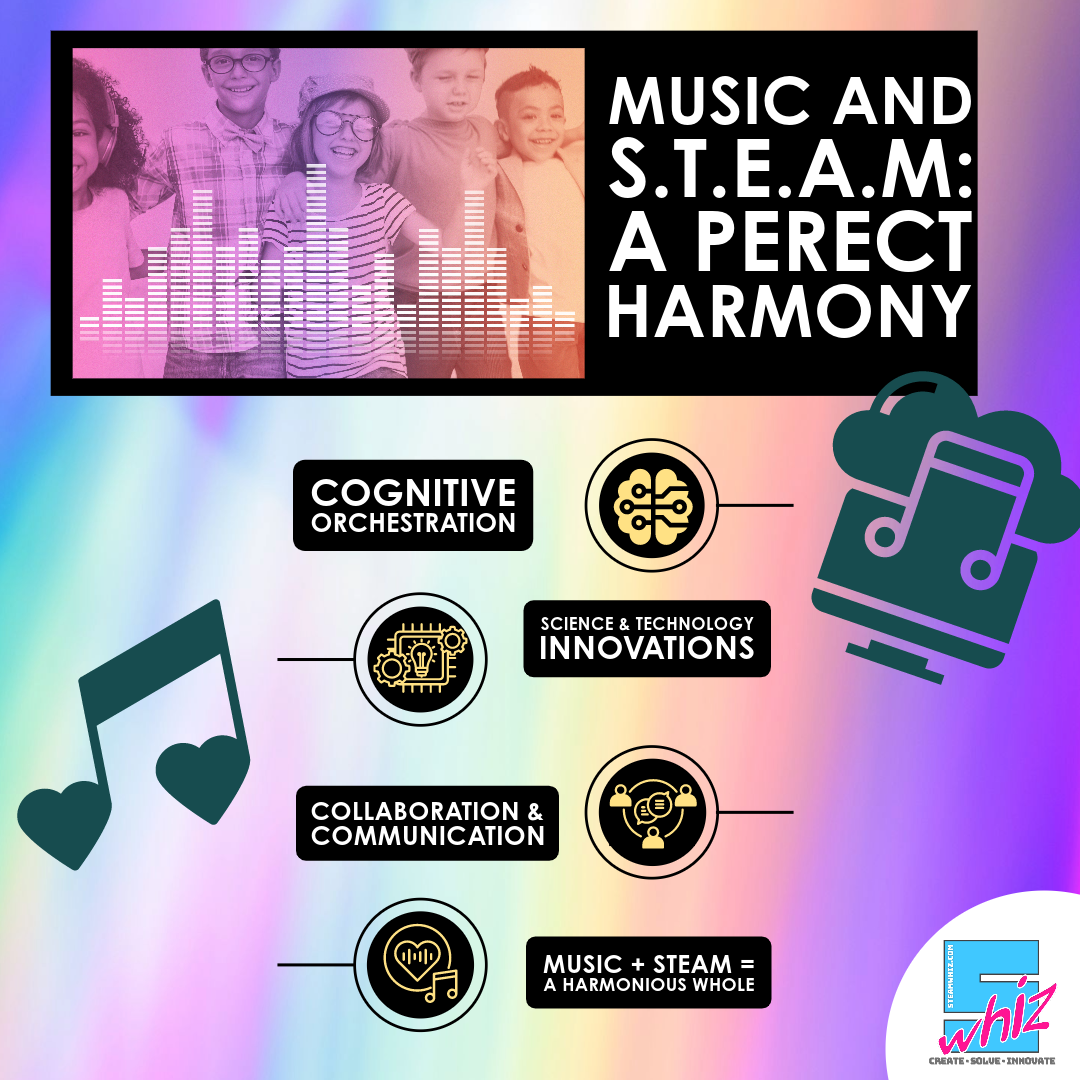
Why Music Finds Its Rightful Place in S.T.E.A.M Education
Integrating diverse disciplines is a pillar in becoming a creative problem-solver. One intriguing partnership that the STEAM-Team is excited to explore is the marriage of music and STEAM (Sci, Tech, Eng, Art, Math) education. This fusion might seem unlikely at first glance, but when explored, it reveals a symphony of benefits that resonate through both realms.
Let’s check out the top (3) engaging and vibrant harmonies between music and STEAM education —
- How Does Music Enrich the Cognitive Capacities of our Students?
- How Does Music Connect to Science & Technology?
- How Does Music Help Develop Key Skills that are Essential for STEM Fields?
1. Cognitive Orchestration
If you think music and STEM (science, technology, engineering, and math) are worlds apart, think again. Music is not only a form of art and expression, but also a powerful tool for enhancing cognitive skills that are essential for STEM learning. In this section, we will explore how music can help students master STEM subjects by:
– Improving pattern recognition
– Boosting creative problem-solving
– Strengthening memory skills
Let’s Dive In!
a. Pattern Recognition: The Key to Data and Equations
One of the core skills in STEM is the ability to recognize and analyze patterns in data, equations, graphs, and other forms of information. Music is full of patterns, from the notes and chords to the rhythm and harmony. Musicians learn to read, play, and compose music by identifying and manipulating these patterns. Research shows that musical training enhances pattern recognition skills in both auditory and visual domains, which can transfer to mathematical and scientific reasoning. For example, a study conducted by Dr. Gordon Shaw, Neurological Research, found that children who received piano lessons performed better than their peers in tasks involving fractions, ratios, and proportions.
b. Creative Problem-Solving: The Spark of Innovation
Another skill that STEM learners need is the ability to solve complex problems with creativity and innovation.
Music is a rich source of inspiration and imagination, as it allows students to express themselves in unique ways. Music also fosters divergent thinking, which is the ability to generate multiple solutions to a problem. Divergent thinking is crucial for STEM fields, where novel and unconventional approaches often lead to breakthroughs. For instance, a study found that engineering students who participated in musical activities scored higher on tests of divergent thinking than those who did not.
c. Memory Skills: The Foundation of Learning
A third skill that STEM learners benefit from is the ability to memorize and recall information effectively.
Music is a powerful memory enhancer, as it uses rhythm, melody, emotion, and repetition to encode information in the brain. Music can also help students remember complex formulas, equations, and concepts by associating them with musical cues. For example, a study found that students who learned physics concepts through songs performed better on tests than those who learned through traditional methods.

2. Sonic Science and Technological Innovation
Beneath the surface of every melody lies a world of acoustics, physics, and technology. Integrating music with STEM subjects offers students an immersive experience into the science of sound, sparking curiosity and innovation:
a. Exploring Sound Waves
Music is made of sound waves, which are vibrations that travel through the air or other mediums. By investigating the physics of sound waves and resonance, students gain an understanding of fundamental concepts such as frequency, amplitude, wavelength, and resonance, while creating musical instruments or analyzing acoustic phenomena.
b. Digital Harmonies
Music production and composition embrace cutting-edge technology.
Integrating digital tools introduces students to coding and software and empowers them to craft their sonic landscapes. You can also learn about digital audio formats, signal processing, synthesis, and sampling. Technology gives you the freedom and flexibility to express yourself musically in new ways.
c. Innovative Intersections
The marriage of music and technology has given rise to groundbreaking inventions, from electronic instruments to sophisticated audio algorithms. By exploring these innovations, you can discover how music and technology solve problems, meet needs, and create opportunities. Students engaging with music in STEM contexts are primed to become the next generation of innovators.

3. STEM Jam Sessions: Collaboration and Communication
STEM industries thrive on collaboration and effective communication. Music, with its ensemble performances and harmonious dialogues, provides an excellent model for fostering these essential skills:
a. Team Dynamics
Playing in a musical ensemble, whether you join a band or an orchestra, mirrors the collaborative environment of STEM workplaces. Students learn to synchronize efforts, adapt to diverse perspectives, and collectively strive for excellence.
b. Communicative Precision
Music is a form of communication that can convey complex emotions and messages. When you play or write music, you practice being precise, clear, and concise with your words and sounds. These are the same skills you need to communicate your STEM findings and ideas to others. And just as musicians respond to subtle cues during performances, STEM learners refine their ability to convey complex ideas with precision, clarity, and conciseness.
c. Creative Synergy
Music is also a creative outlet that allows you to experiment with different styles, genres, and techniques. When you improvise or compose music, you learn how to think on your feet, adapt to changing situations, and solve problems creatively. These are the same skills that you need to innovate and discover new things in STEM fields.
TLDR
The integration of music into STEM education is not merely a harmonious indulgence; it is a strategic investment in fostering well-rounded, adaptable, and innovative learners. By harnessing the cognitive, scientific, and collaborative potential of music, educators unlock doors to engagement and excitement in the STEM journey. The combination of melody and mathematics, rhythm and research, creates a symphony of holistic learning that resonates deeply with students, ensuring they step onto a path paved with endless possibilities.
So as you can see, music is more than just a hobby or a passion. It is also a cognitive orchestrator that can help students excel in STEM subjects. By integrating music into STEM education, we can enrich the cognitive capacities of our students and prepare them for the challenges of the 21st century. Music and STEM are not opposites; they are complementary parts of a harmonious whole.
Get Started
Need more music in your life and your children’s? A great place to start is online with Hoffman Academy. No, this is not a sponsored post. Just a great resource that our family has used to begin our children’s musical education.
We love that there are 300+ comprehensive piano video lessons, totally free! Joseph Hoffman and his academy are on a mission to bring music into more homes and communities worldwide. They believe everyone should have access to music education.
Our son, X, used the 100% free lessons for a year. Then once we saw the benefit and success of using Hoffman Academy, we upgraded him to the Premium account to have even more resources at his fingertips!
As always, don’t hesitate to reach out with any questions. We are here to support, mentor, and inspire!
– Allie out!



